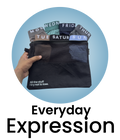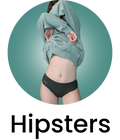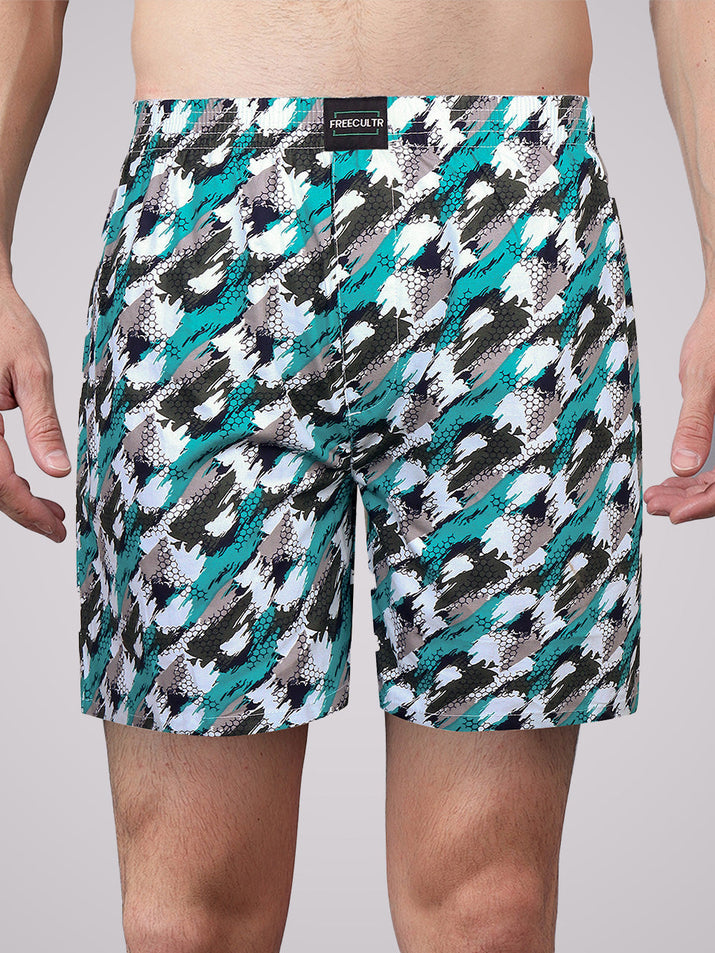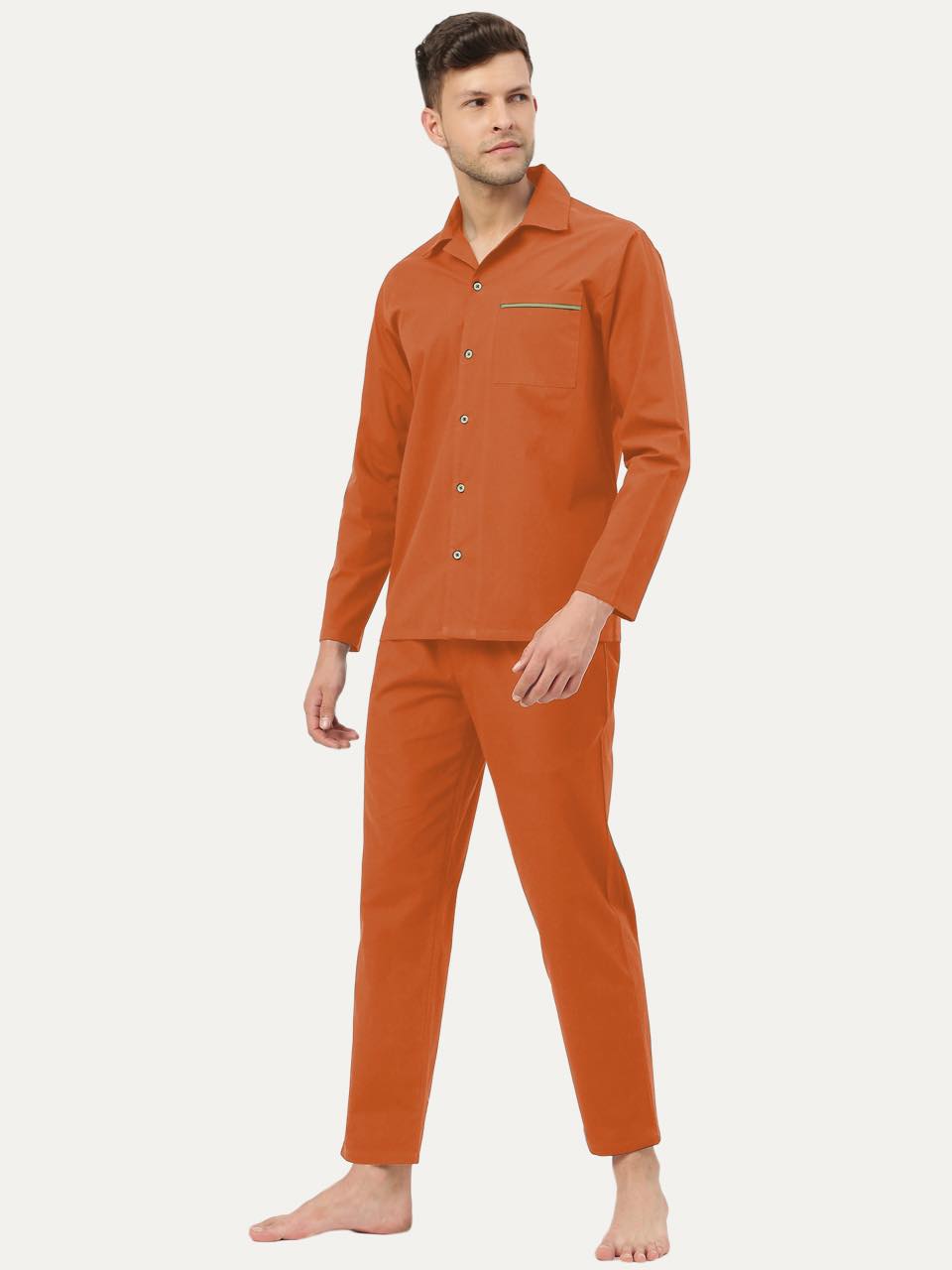The quest for breathable comfort intensifies as summer heat spikes, pushing consumers to re-evaluate their wardrobe choices. Two prominent Indian brands, Freecultr and Damensch, offer innerwear solutions. How do they stack up when temperatures soar? We'll explore crucial factors like fabric composition, moisture-wicking capabilities. Design features, considering recent advancements in sustainable textile technologies favoring natural fibers. Expect a detailed comparison of micromodal vs. Bamboo blends, airflow optimization in design. The impact of these elements on overall comfort. Discover why Freecultr might be the smarter choice for staying cool and dry this summer, based on a focused analysis of material science and user experience.

Understanding the Basics: What Makes Underwear "Hot Weather Friendly"?
When the "Weather" heats up, the last thing you want is to feel uncomfortable in your "Men's Underwear". The key to staying cool and dry lies in the fabric and construction of the garment. Here’s a breakdown of crucial factors:- Breathability: This refers to how well a fabric allows air to pass through it. Breathable fabrics prevent sweat from getting trapped against your skin, reducing discomfort and the risk of chafing.
- Moisture-Wicking: This is the ability of a fabric to draw sweat away from your skin and evaporate it quickly. This process helps you stay dry and cool, even when you're active.
- Fabric Weight and Construction: Lighter fabrics and looser weaves generally offer better airflow than heavier, tightly woven materials.
- Fit: A comfortable, non-restrictive fit is essential. Underwear that's too tight can trap heat and restrict airflow.
- Antimicrobial Properties: Some fabrics are treated with antimicrobial agents to inhibit the growth of odor-causing bacteria. This is especially vital in hot weather when sweating is inevitable.
Fabric Face-Off: Material Matters Most
The choice of fabric is the single most crucial factor determining the suitability of underwear for hot weather. Here's a look at some common materials and their performance:- Cotton: A classic choice, cotton is naturally breathable and absorbent. But, it tends to retain moisture, which can make you feel damp and uncomfortable in hot, humid conditions. It's best for light activity or less humid climates.
- Modal: Derived from beech trees, Modal is known for its exceptional softness, breathability. Moisture-wicking properties. It's more resistant to shrinkage and fading than cotton.
- MicroModal: An even finer version of Modal, MicroModal offers enhanced softness and drape. It's often blended with other fibers for improved performance.
- Polyester: A synthetic fabric that's durable and moisture-wicking. But, polyester can be less breathable than natural fibers, potentially trapping heat.
- Nylon: Similar to polyester, nylon is strong, durable. Moisture-wicking. It's often used in athletic wear.
- Bamboo: Bamboo fabric is naturally breathable, moisture-wicking. Antimicrobial. It's also a sustainable choice.
- Tencel (Lyocell): Made from wood pulp, Tencel is exceptionally breathable, moisture-wicking. Gentle on the skin. It's known for its sustainable production process.
- Merino Wool: While wool might seem counterintuitive for hot weather, Merino wool is surprisingly effective. It's naturally breathable, moisture-wicking. Odor-resistant. But, it can be more expensive than other options.
Freecultr vs. Damensch: A Detailed Comparison
To determine which brand is a smarter choice for hot weather, let's compare the fabrics, construction. Features of Freecultr and Damensch underwear. While specific models and fabric compositions may vary, this comparison will focus on general trends and common offerings.| Feature | Freecultr | Damensch |
|---|---|---|
| Dominant Fabric Types | Often uses blends of Modal, MicroModal. Occasionally Bamboo for superior softness and breathability. | Commonly utilizes blends of Bamboo and Cotton. |
| Moisture-Wicking Performance | Excellent due to the inherent properties of Modal and MicroModal. Designed to keep you dry and comfortable even during intense activity. | Good, thanks to the Bamboo content. Cotton, But, may retain moisture, especially in humid conditions. |
| Breathability | Superior breathability due to the open structure of Modal and MicroModal fibers. | Good breathability, particularly with higher Bamboo content. |
| Odor Control | Often incorporates antimicrobial treatments or natural antimicrobial properties of Bamboo in some blends. | Bamboo possesses natural antimicrobial properties, providing good odor control. |
| Construction and Fit | Focus on comfortable, non-restrictive fits that promote airflow. Often features flatlock seams to reduce chafing. | Designed for comfort and support. May feature contoured pouches and ergonomic designs. |
| Sustainability | May use sustainably sourced Modal and Bamboo. Committed to ethical production practices. | Bamboo is a rapidly renewable resource. Brand often emphasizes sustainable practices. |
| Price Point | Generally falls in the mid-range price category. | Typically positioned in the mid-range to premium price segment. |
Why Freecultr Might Edge Out Damensch in Heat
Based on the comparison, Freecultr generally offers a slight advantage in hot weather performance due to its greater reliance on Modal and MicroModal. These fabrics excel in breathability and moisture-wicking, keeping you cooler and drier than cotton-based blends. Here's why this matters in practice:- Superior Comfort in High Humidity: In humid climates, cotton-based underwear can quickly become damp and uncomfortable. Freecultr's Modal and MicroModal fabrics will wick away moisture more effectively, keeping you feeling fresh.
- Enhanced Performance During Activity: If you're active in hot weather, the superior moisture-wicking of Freecultr's fabrics will prevent sweat from building up, reducing the risk of chafing and discomfort.
- Longer-Lasting Freshness: While both brands may incorporate antimicrobial properties, the better breathability of Freecultr's fabrics can help prevent odor-causing bacteria from thriving.
Real-World Scenarios: Where Fabric Choice Makes a Difference
Consider these scenarios:- Commuting in a Crowded City: Walking or taking public transportation in a hot city can lead to excessive sweating. Underwear made from Modal or MicroModal will help you stay dry and comfortable throughout your commute.
- Outdoor Work: If your job requires you to be outdoors in hot weather, moisture-wicking and breathable underwear is essential for preventing overheating and discomfort.
- Travel: When traveling to hot climates, pack underwear that will keep you cool and fresh, even when you're on the go.
- Exercise: Whether you're hitting the gym or going for a run, choose underwear that will wick away sweat and prevent chafing.
Making the Right Choice for You
Ultimately, the best choice of underwear depends on your individual preferences, activity level. Climate. While Freecultr may offer a slight edge in hot weather performance due to its fabric choices, Damensch is still a viable option, especially if you prefer the feel of bamboo or prioritize sustainability. Consider these factors when making your decision:- Climate: If you live in a hot, humid climate, prioritize fabrics with excellent moisture-wicking properties, such as Modal, MicroModal, or Tencel.
- Activity Level: If you're highly active, choose underwear that's designed for performance and features a comfortable, supportive fit.
- Personal Preference: Some people prefer the feel of natural fibers like cotton or bamboo, while others prefer the smoothness of synthetic fabrics.
- Budget: Compare the prices of different brands and models to find underwear that fits your budget.
Conclusion
Choosing the right innerwear during hot weather isn't just about comfort; it’s about thriving. We've explored why Freecultr, with its focus on breathable, moisture-wicking fabrics like MicroModal, offers a significant advantage over Damensch when temperatures soar. Now, let’s look ahead. The future of comfort wear is trending toward even more sustainable and performance-driven materials. The Road Ahead: Freecultr's commitment to innovation positions them to lead this charge. I predict we'll see even lighter, more adaptable fabrics hitting the market soon, perhaps incorporating cooling technologies directly into the weave. Your next step? Experience the difference yourself. Don't just take my word for it; order a Freecultr MicroModal trunk or tee and feel the breathability. This isn't just about staying cool; it’s about feeling confident and comfortable all day long. Remember, investing in quality innerwear is investing in your well-being. Stay cool, stay comfortable. Embrace the heat with Freecultr.More Articles
Men's Modal Trunks for Men Comfortable – Superior Softness & Moisture WickingWomen's Cotton Boxers for Women Anti Chafing – Breathable Fabric & Smooth Feel
Low Rise Brief for Men – Modern Design & Enhanced Breathability
Full Sleeves T Shirt Men – Versatile Style & Lasting Comfort
FAQs
Okay, so why all the buzz? Is Freecultr really better than Damensch when it's scorching hot?
Honestly, it comes down to fabric choices. Both brands are good. Freecultr generally leans towards lighter, more breathable materials, especially in their summer collections. Think airy cotton blends that wick away moisture much better, keeping you cooler and drier.
I've heard Damensch uses some fancy 'cooling' technology. How does Freecultr stack up against that?
Damensch does have some interesting tech. Often it's more about feeling cool initially rather than sustained breathability. Freecultr prioritizes fabrics that allow air to circulate naturally, which can be more effective in the long run, preventing that sticky, uncomfortable feeling when you're sweating.
So, what kind of fabrics are we talking about with Freecultr that make such a difference in the heat?
Good question! Look for their pieces made with Supima cotton or linen blends. These are known for being super soft, lightweight. Incredibly breathable. They allow your skin to breathe, minimizing sweat build-up.
What about the cut and fit of the clothes? Does that even matter in hot weather comfort?
Absolutely! Freecultr tends to have slightly looser, more relaxed fits, which helps with air circulation. Damensch sometimes has more fitted styles, which can trap heat closer to your body. Think about it – a flowy shirt is always going to feel cooler than a tight one when it's sweltering.
Is there a downside to Freecultr then? What does Damensch do better?
Damensch often focuses on wrinkle-resistant fabrics, which is a big plus if you hate ironing. Freecultr's lighter fabrics might wrinkle a bit more easily. So, it depends on your priorities – breathability vs. Wrinkle-free convenience.
Okay, last one! If I had to pick just one type of clothing (like a t-shirt or a pair of shorts) from either brand for peak summer heat, which would you recommend?
For a t-shirt, I'd lean towards a Freecultr Supima cotton tee. For shorts, again, Freecultr's linen blends would be my go-to for maximum breathability and comfort in the heat. You won't regret it!






